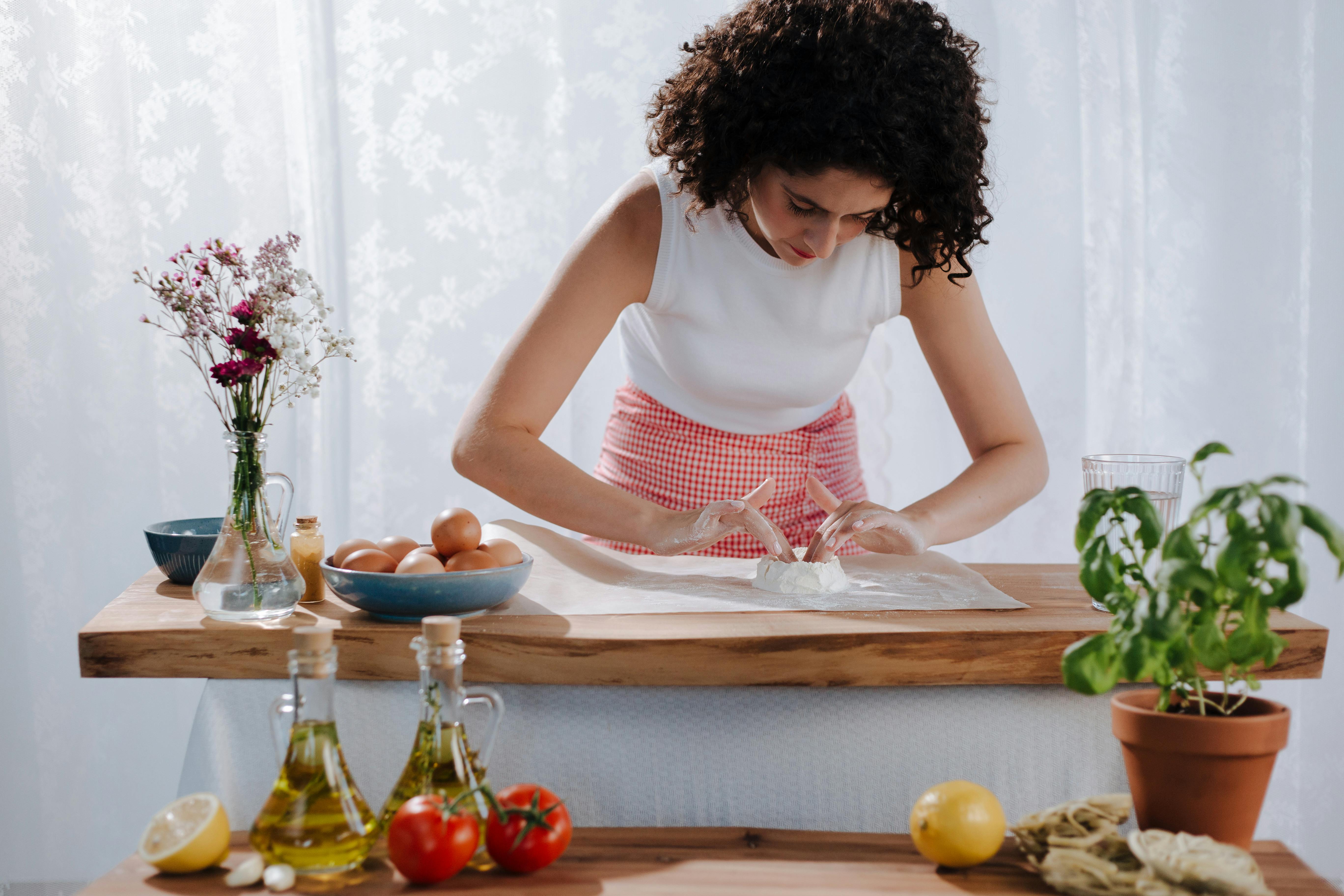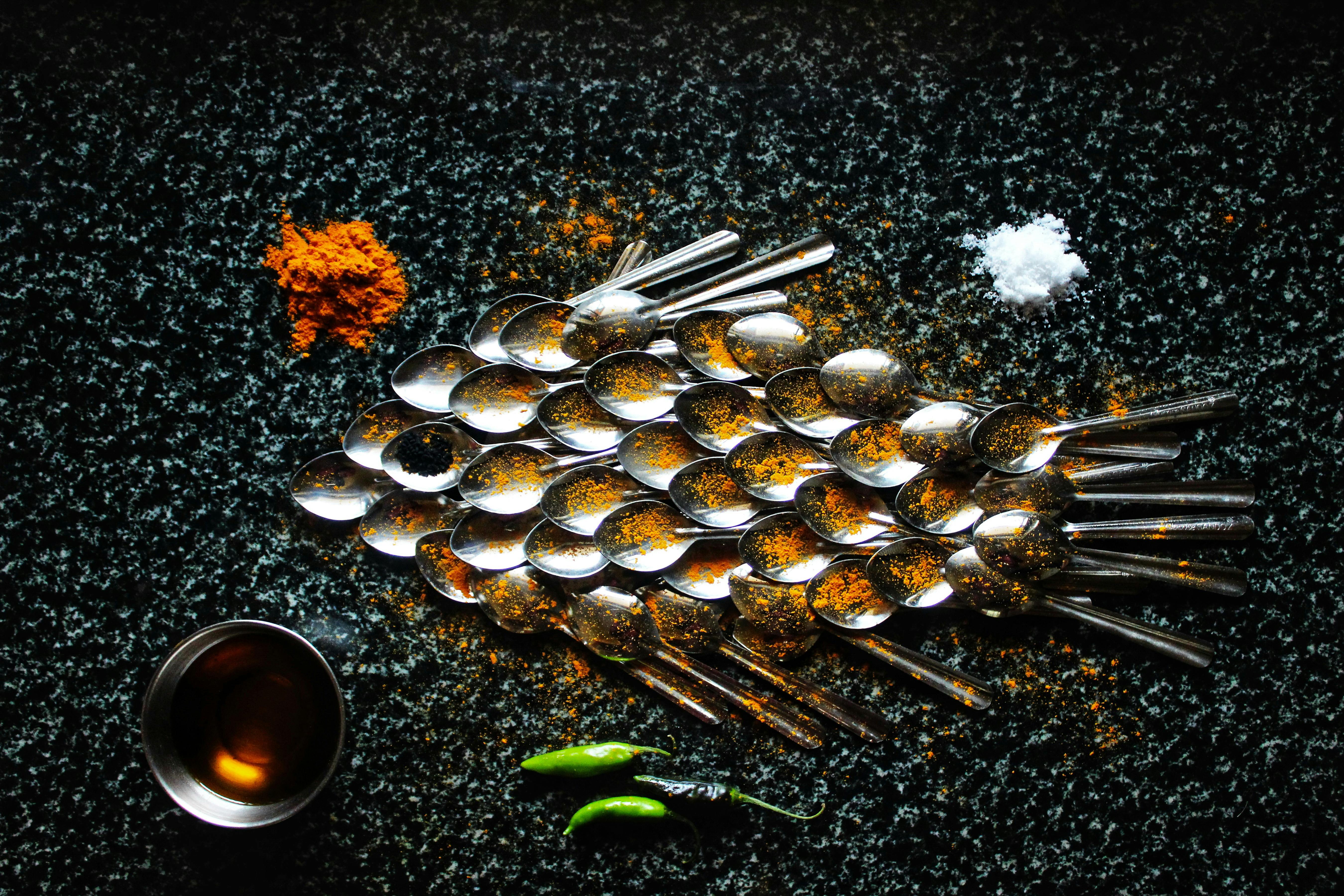Distilling oil from herbs is a process that has been used for centuries to produce essential oils with a variety of uses. Essential oils are concentrated extracts from plants, and they are highly valued for their therapeutic and medicinal properties. The process of distillation involves heating the herbs in a still, allowing the steam to rise up and pass through a condenser, which cools the vapor back down into liquid form. This liquid form contains the essential oils, which can then be extracted and used in various ways. In this guide, we will discuss how to distill oil from herbs at home.To distill oil from herbs, you will need a distillation apparatus, a heat source, and the herbs you want to distill. The apparatus should include an alembic (a pot-still) or a reflux still, and all the necessary accessories, such as a thermometer, condenser, receiver vessel, and collection vessels. You will also need to make sure that the heat source is powerful enough to provide the necessary heat for distilling and that it is safe to use. Finally, you will need the herbs you wish to distill; these should be fresh and dry.
Preparing the Herbs for Distillation
Distillation is a process used to extract essential oils from plant materials. To maximize the quality of essential oil produced, herbs used for distillation must be properly prepared and handled. First, the herbs should be harvested at the peak of their maturity in order to capture their maximum fragrant compounds. The herbs should then be dried in a ventilated area away from direct sunlight. Once dry, the herbs should be chopped or ground using a grinder or mortar and pestle. This will help to increase the surface area and promote efficient extraction of the essential oils during distillation. Finally, it is important to store the prepared herbs properly in an airtight container in order to preserve their quality until they are ready for distillation.
The preparation of herbs for distillation can have a significant impact on the end product. Properly preparing herbs will ensure that essential oils are extracted efficiently and that they maintain their quality and potency throughout the distillation process.
Setting Up the Distillation Apparatus
Distillation is a process that separates liquid mixtures into their component parts. It is used to purify liquids and to separate organic compounds from one another. To set up a distillation apparatus, you will need a round-bottom flask, a condenser, a receiving flask, and some tubing. Before you begin your distillation, make sure all the pieces of equipment are clean and dry.
Start by attaching the condenser to the round-bottom flask with the help of clamps. Make sure it is secure and airtight. The condenser should be positioned such that the cold water inlet is at the bottom and the outlet is at the top.
Next, attach a rubber hose to the outlet of the condenser and connect it to a receiving flask. This will allow for the distilled liquid to be collected in the receiving flask. It should also be secured tightly so that no liquid escapes during distillation.
Finally, attach another rubber hose to the top of the round-bottom flask and connect it to an airtight storage container or vessel. This will allow for any vapors produced during distillation
Heating the Apparatus
Heating the apparatus is an important step in many laboratory experiments. It involves heating the equipment to a specific temperature to ensure that it is safe and ready for use. The process typically involves preheating the apparatus, followed by raising the temperature gradually until it reaches the desired level. Care must be taken when heating the apparatus as it can be damaged if not done correctly. It is also important to monitor the temperature closely during this process and adjust accordingly. Once the desired temperature is reached, it should be maintained until the experiment is complete.
When heating an apparatus, it is important to use a heat source that will provide consistent and even heat distribution throughout. This ensures that all parts of the equipment are heated evenly and safely. Additionally, any combustible materials must be kept away from open flame as this can cause a fire hazard. Safety protocols should also be followed when heating any laboratory equipment, including wearing protective gear such as goggles and gloves.
When heating an apparatus, it is essential to keep accurate records of the procedure used and any readings taken during each step of the process. This will help ensure that any future experiments conducted
Collecting and Separating the Oil
Oil spill recovery is a complex process that requires a combination of methods to ensure the most effective and efficient collection of oil. The first step is to collect the spilled oil from the surface of the water. This can be done using containment booms, skimmers, and other specialized equipment designed to collect and separate oil from water. Once the oil is collected, it must then be separated from any other contaminants that may have been mixed in with it. This can be done through a variety of processes, including centrifugation, distillation, or chemical absorption. Finally, the separated oil is processed and recycled for use as fuel or lubricants.

Storing the Oil Properly
Oil is an essential part of any engine, and proper storage is key to maintaining its integrity. Keeping the oil stored in a clean, dry environment will help to ensure it remains in the best condition possible. It is important to store the oil away from direct sunlight or any source of heat, as well as away from moisture or humidity. The temperature should also be kept consistent, and it should not exceed 120 degrees Fahrenheit. It is also important to make sure that the container in which the oil is stored does not leak or come into contact with any other chemicals or solvents. If possible, store the oil in an airtight container and keep it out of reach of children and pets.
It is a good idea to check on the condition of your oil periodically, as well as replace it regularly according to your vehicle’s maintenance schedule. Additionally, if you are using synthetic oils, you should pay attention to the expiration date listed on the bottle or container. Lastly, if you are storing large amounts of oil for longer periods of time, it is recommended that you use an airtight drum for storage purposes. Doing so will help to ensure
Gather the Right Herbs
When distilling oil from herbs, it is important to make sure that you are using the right type of herbs for your purpose. Choose herbs that are high in essential oils, as these will produce the best quality and highest quantity of oil. Some of the best choices for distilling essential oils include lavender, rosemary, sage, peppermint, and lemon balm. Make sure that the herbs you use are as fresh as possible to ensure maximum potency and quality.
Chose a Suitable Solvent
The solvent used to extract essential oils can have a significant impact on the quality and yield of your final product. The most popular solvents for extracting essential oils include ethanol, methanol, acetone, and hexane. Ethanol is widely considered to be the safest option as it is non-toxic when used in small amounts. Acetone is also relatively safe when used in small amounts but can be hazardous if not handled properly.
Select an Appropriate Distillation Method
When distilling essential
Types of Herbs Used for Oils
Herbs have been used for centuries to create essential oils that can be used to treat a variety of ailments. There are many different types of herbs that can be used to make essential oils, including lavender, chamomile, rosemary, peppermint, eucalyptus, clary sage, tea tree, and geranium. Each type of herb has its own unique properties and benefits that make it ideal for creating essential oils. The following is a brief overview of the different types of herbs that can be used to create oils.
Lavender
Lavender is a popular herb for making essential oils due to its calming and soothing effects on the body. The essential oil made from lavender helps to reduce stress and tension while promoting relaxation and sleep. It also has antiseptic and anti-inflammatory properties which makes it useful in treating skin conditions such as acne and eczema.
Chamomile
Chamomile is another popular herb for making essential oils

Conclusion
Distilling oil from herbs is an interesting and rewarding process. It is a great way to create your own unique products using natural ingredients. You can experiment with different combinations of herbs and essential oils to find the perfect blend for you. The process is relatively easy to understand, but it does take time and patience to get the distillation right. You will need to make sure that you have all of the necessary items such as a still, heat source, distiller’s flask, thermometer, condenser, collection container and measuring cup before you begin.
Once you have all of the necessary items in place, you can start to distill your own essential oils from herbs. The process takes several hours and requires patience in order to ensure that the oil has been distilled correctly. By following the instructions outlined above, you should be able to successfully distill your own essential oils from herbs in no time at all!

